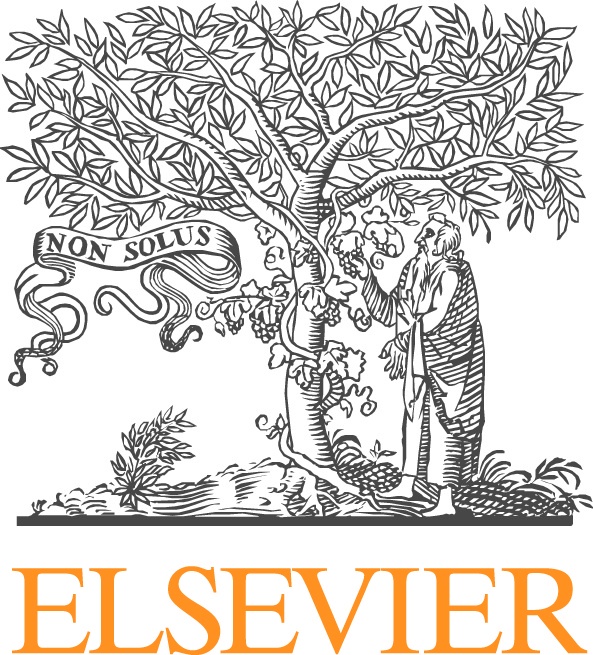Multi-Scale, Multi-Physics Simulations of High-Energy Density Materials
Marisol Koslowski, Purdue University
Alejandro Strachan, Purdue University
The initiation of chemical reactions in high-energy density materials after shock loading requires transferring energy to chemical bonds with lengths of a few Angstroms and characteristic frequencies in the 1013 Hz. This is possible because the material’s microstructure localizes the input mechanical energy into hotspots and inter- and intra-molecular vibrational relaxation up-pumps energy to high-frequency modes. Therefore, a predictive understanding of the response of high-energy composites to shocks requires characterizing and modeling coupled mechanical, thermal and chemical processes at the microstructural, crystal, and the molecular/electronic levels.
This symposium aims to accelerate the development of new models and methodologies in simulations of high-energy materials across scales. Topic of interest will include:
• Shock and thermal loading and dynamic excitation response.
• Mesoscale modeling of dynamical loading of complex microstructures: interfacial friction, plasticity, fracture, and void collapse.
• Crystal level modeling: dislocation dynamics, shear bands, cracks at continuum and atomistic levels.
• Chemical reactions under dynamical loading and extreme conditions.







